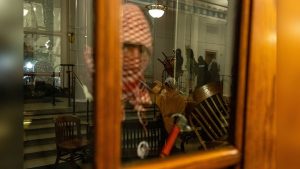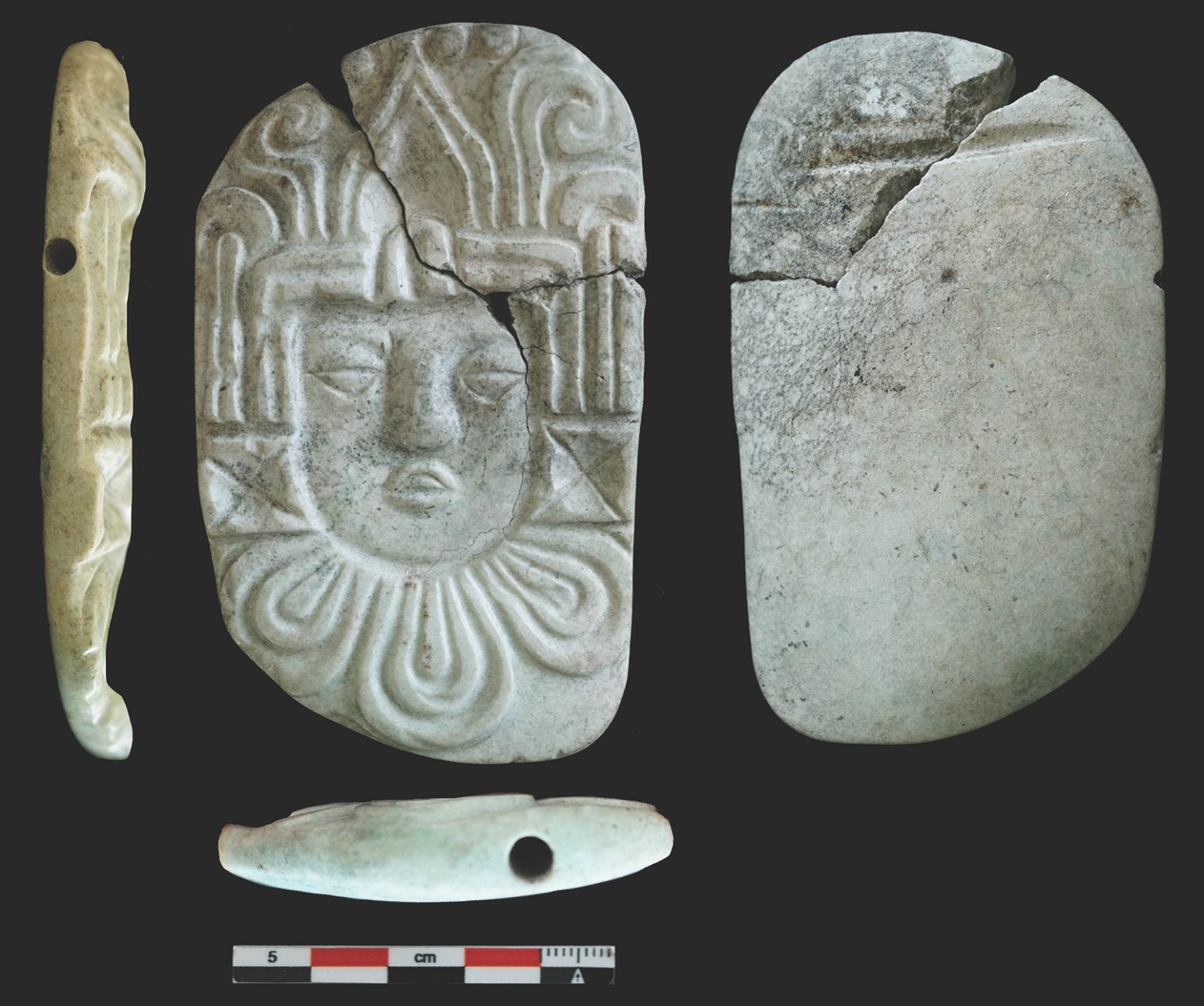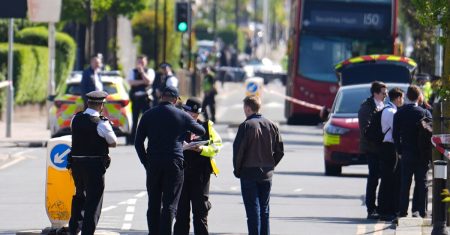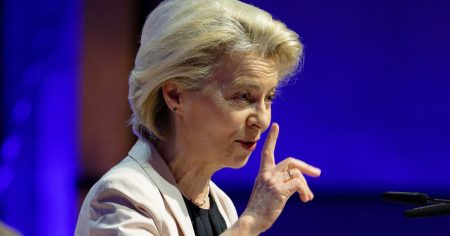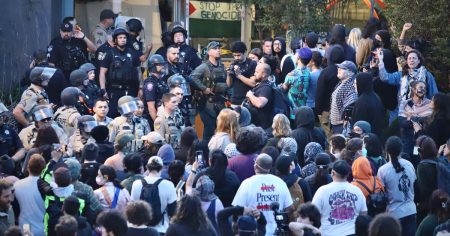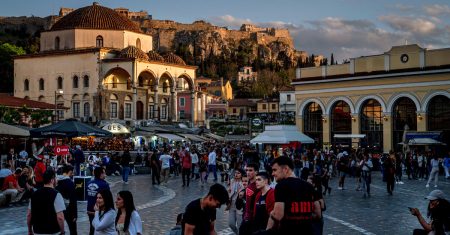Archaeologists excavating an ancient Maya pyramid at the archaeological site of Ucanal, Guatemala have uncovered royal remains that appear to have been burnt in what is believed to be an act of desecration. The ritual burning event, which took place in the 9th century, marked the takeover of a new political regime and was a public display of power, according to a study published in the journal Antiquity. This discovery represents a rare example of political regime change appearing in the archaeological record.
The research team, led by Christina Halperin from the University of Montreal, Canada, discovered burnt human remains and ornaments during excavations at the “K2” temple-pyramid at Ucanal. The human remains represent at least four individuals, all adults aged between 21-60 years old. Among the ornaments found were almost 1,500 fragments of greenstone pendants, beads, plaques, and mosaics, as well as other artifacts such as pendants made of mammal teeth. The quantity and quality of the burnt and broken ornaments indicate that the burial was that of Maya royalty.
Using radiocarbon analysis and ceramic dating techniques, the researchers determined that the burning event likely occurred between A.D. 773-881, at the beginning of the Terminal Classic period in Mesoamerican history. The royals from the burial likely died several decades before the burning event, suggesting that their tomb was re-entered specifically for the purposes of burning the remains. This burning event was part of a political act that marked the symbolic and literal destruction of an older K’anwitznal dynasty, ushering in a new regime.
The burning ritual took place in a ceremonial building in one of the major public plazas at Ucanal, although the exact location is not clear. The act of burning royal remains in ancient Mesoamerican cultures, as evidenced by Maya hieroglyphic texts, was a known practice that could be both an act of veneration and destruction. The discovery at Ucanal provides rare archaeological evidence of such a ritual corresponding to a major episode of political and social change during the Terminal Classic period.
The findings at Ucanal challenge the traditional narrative of the collapse of Classic Maya political systems during the beginning of the Terminal Classic period. While some regimes did come to an end during this time, the research suggests that others, such as the K’anwitznal kingdom, reinvented themselves. The kingdom engaged in more prolific trade networks, urban renovations, and artistic developments, demonstrating periods of prosperity amidst the wider Maya civilization experiencing crises and collapse.
Overall, the discovery of the burnt royal remains at Ucanal sheds light on a rare instance of political regime change in ancient Maya history. The ritual burning event, believed to mark the dismantling of an old regime and the rise of a new one, provides valuable insights into the social, political, and cultural dynamics of the Maya civilization during the Terminal Classic period. Further research at Ucanal and other sites may continue to deepen our understanding of Maya history and the complexities of pre-Columbian Mesoamerican societies.
